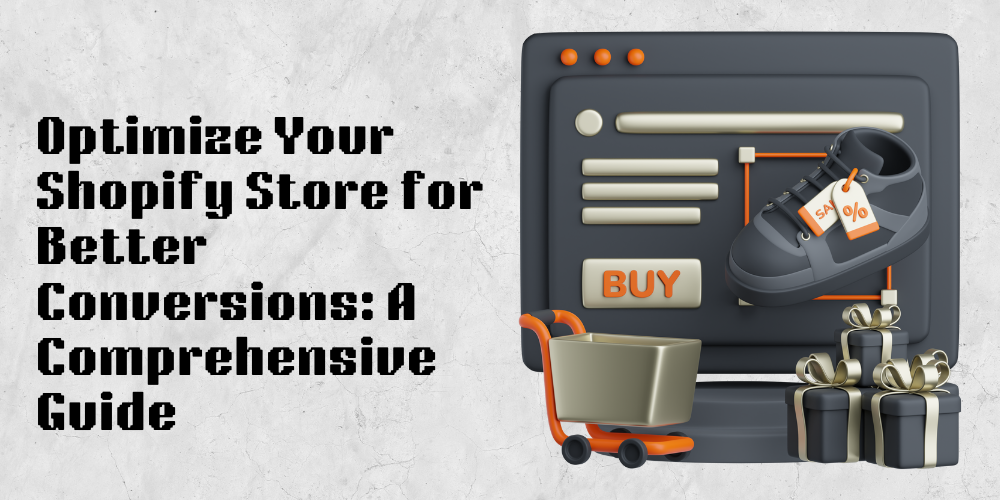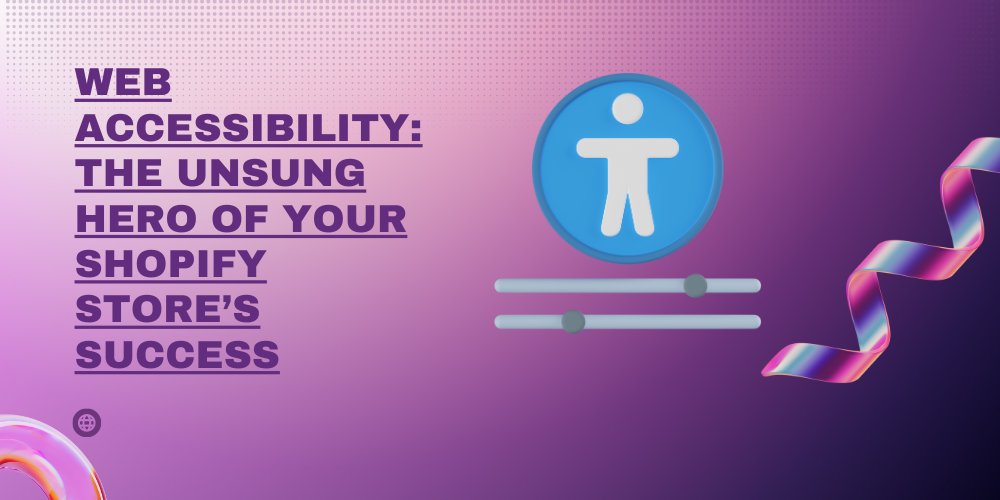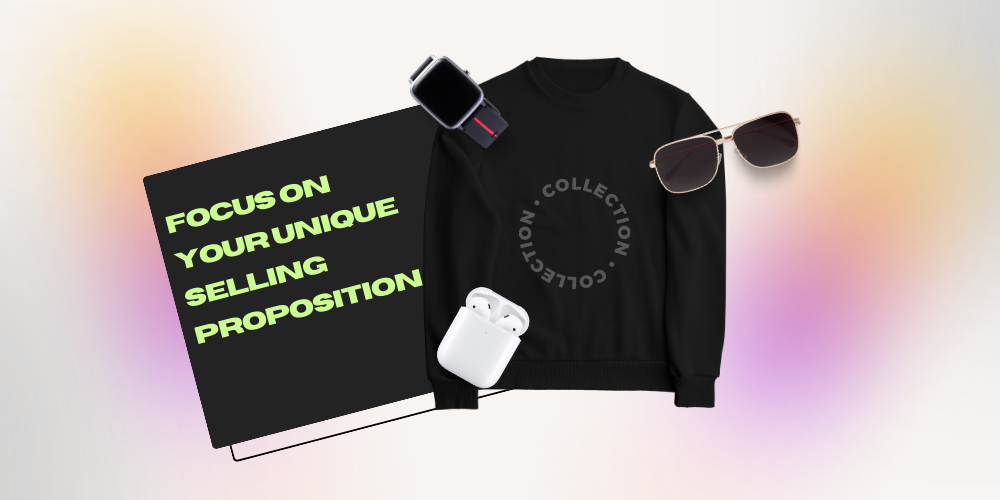In the competitive world of e-commerce, optimizing your Shopify store for better conversions is essential for success. Whether you’re a new store owner or looking to boost your existing sales, this guide will provide you with practical strategies and actionable tips to maximize your conversion rates. Let’s dive in!
- Streamline Your Store’s Design and User Experience:
- Use a clean and visually appealing theme that aligns with your brand.
- Ensure your website is mobile-friendly and loads quickly.
- Simplify your navigation to help visitors find products effortlessly.
- Optimize product pages with high-quality images, compelling descriptions, and clear calls-to-action.
- Enhance Product Presentation and Descriptions:
- Use professional product photography to showcase your offerings.
- Craft persuasive and engaging product descriptions that highlight benefits and unique selling points.
- Incorporate social proof, such as customer reviews and testimonials, to build trust and credibility.
- Implement Effective Calls-to-Action (CTAs):
- Use prominent and visually striking CTAs throughout your store.
- Create a sense of urgency by using action-oriented language.
- Test different variations of CTAs to identify what works best for your audience.
- Simplify Checkout Process:
- Minimize the number of steps required for checkout.
- Offer guest checkout to avoid unnecessary barriers.
- Clearly display shipping costs, taxes, and any additional fees.
- Provide multiple payment options to accommodate customer preferences.
- Leverage Personalization:
- Utilize data from customer interactions to provide personalized recommendations.
- Implement targeted email marketing campaigns based on customer behavior.
- Use dynamic content to customize the shopping experience for individual visitors.
- Optimize Site Speed and Performance:
- Regularly monitor and optimize your website’s loading speed.
- Compress images to reduce file size without compromising quality.
- Use a reliable hosting provider to ensure stability and fast response times.
- Leverage Social Proof and Trust Signals:
- Showcase customer testimonials and reviews prominently on your website.
- Display trust badges, secure payment icons, and SSL certificates to build trust.
- Highlight any certifications, awards, or partnerships that enhance credibility.
- Implement Abandoned Cart Recovery:
- Set up automated emails to remind customers about their abandoned carts.
- Offer incentives like discounts or free shipping to encourage conversions.
- Harness the Power of Upselling and Cross-selling:
- Recommend related or complementary products on the product pages.
- Offer bundle deals or discounts for multiple purchases.
- Utilize personalized recommendations during the checkout process.
- Continuously Monitor and Test:
- Regularly analyze your store’s performance using analytics tools.
- Conduct A/B testing on various elements, such as CTAs, layouts, and product positioning.
- Implement changes based on data-driven insights to optimize conversion rates.
By implementing the strategies and tips outlined in this guide, you can effectively optimize your Shopify store for better conversions. Remember to monitor your store’s performance, test different approaches, and make data-driven decisions to continually improve your conversion rates. With consistent effort and a focus on providing a seamless shopping experience, you’ll be well on your way to increasing sales and achieving e-commerce success.





